Optimal Timing for Fire Restorations
Fire restorations are most effectively performed during specific periods that allow for optimal drying, cleaning, and rebuilding. The timing depends on weather conditions, the extent of damage, and the availability of restoration resources. Planning restoration work during suitable seasons can help ensure thorough cleanup and reduce the risk of secondary damage such as mold growth.
Warmer months provide better conditions for drying and ventilation, making this an ideal time for fire restoration projects.
Late fall can be suitable if weather conditions are mild, but colder temperatures may slow down drying processes.
Winter months are generally less favorable due to cold temperatures and increased humidity, which can hinder restoration efforts.
Restoration should begin promptly after fire damage assessment to prevent secondary issues like mold or structural deterioration.
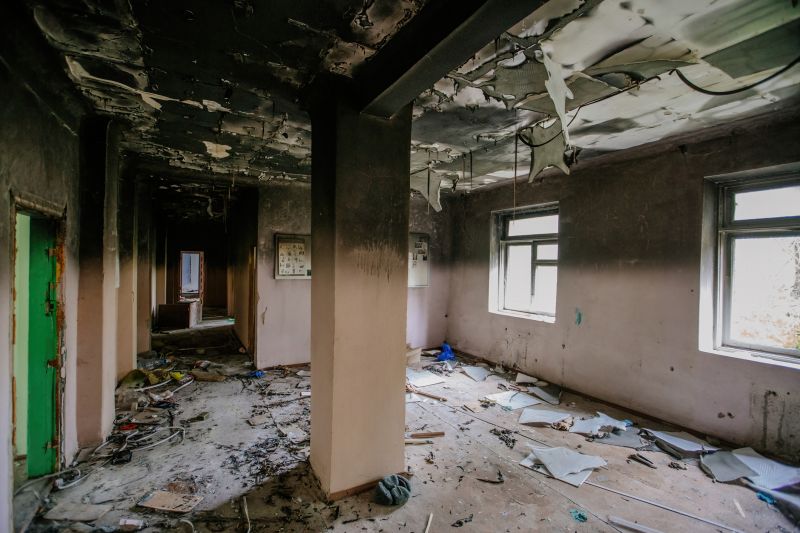
Removal of soot and debris is essential for effective restoration.
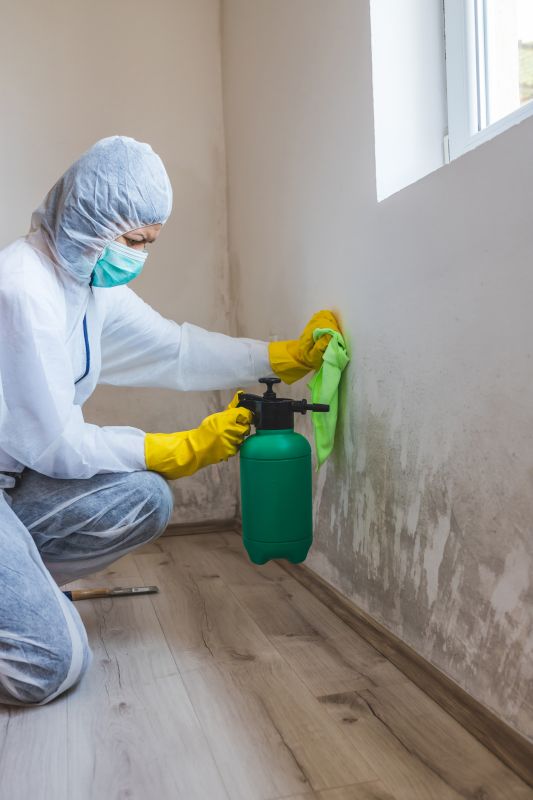
Proper drying techniques prevent mold growth and further damage.
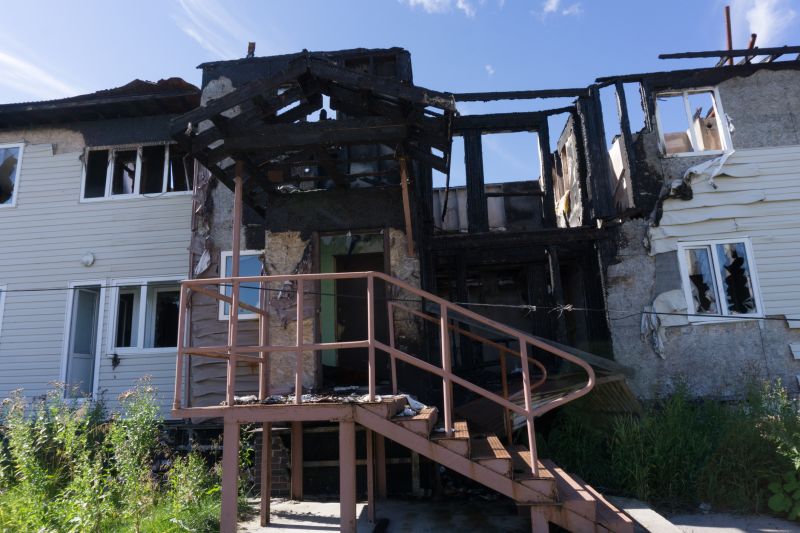
Restoration includes repairing structural elements affected by fire.
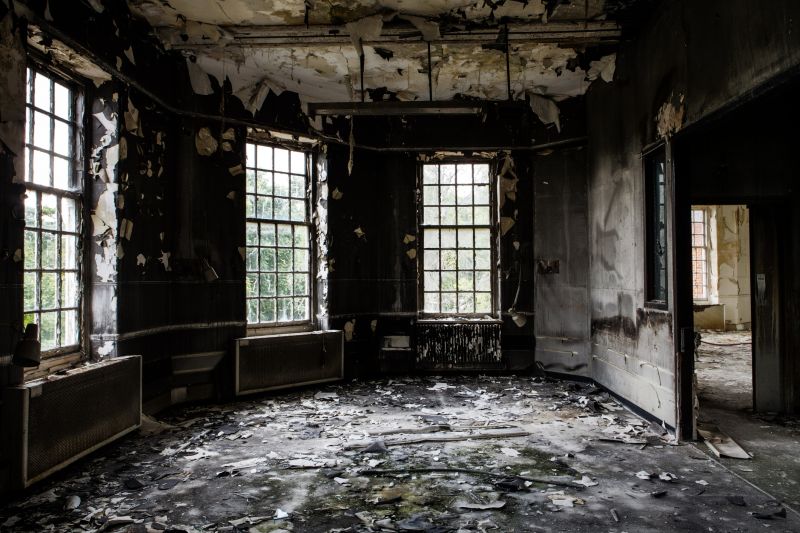
Ways to make Fire Restorations work in tight or awkward layouts.
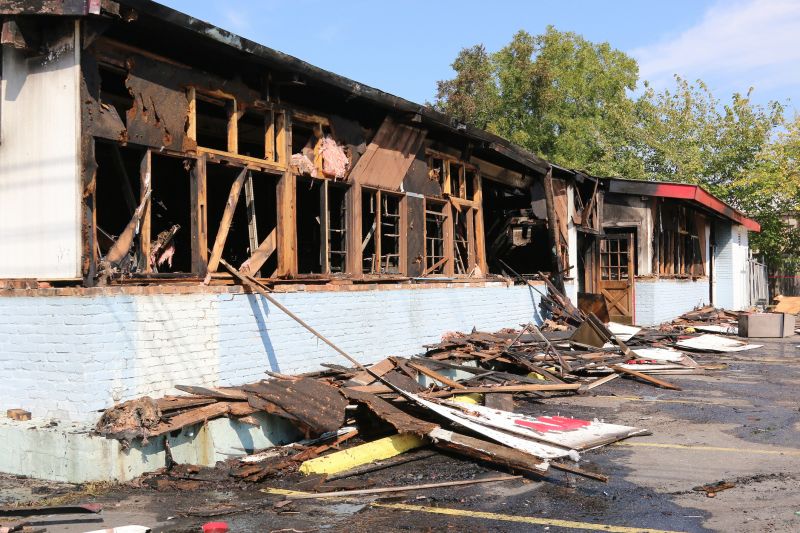
Popular materials for Fire Restorations and why they hold up over time.
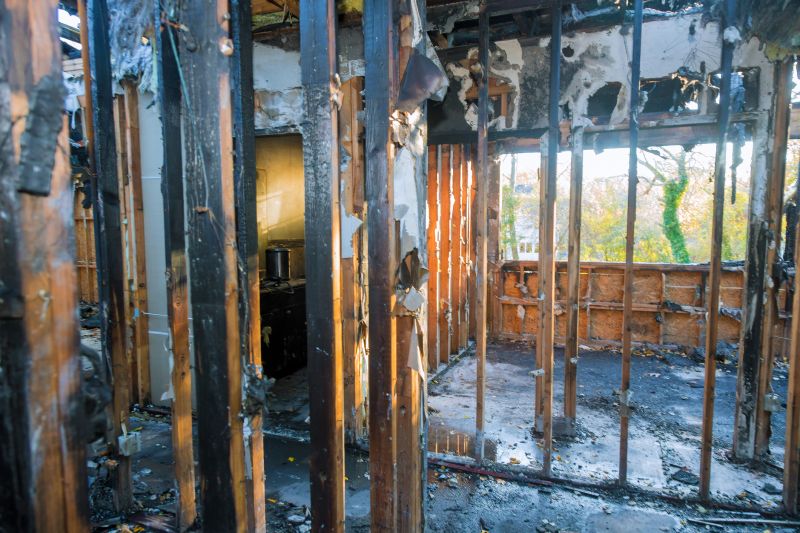
Simple add-ons that improve Fire Restorations without blowing the budget.

High-end options that actually feel worth it for Fire Restorations.
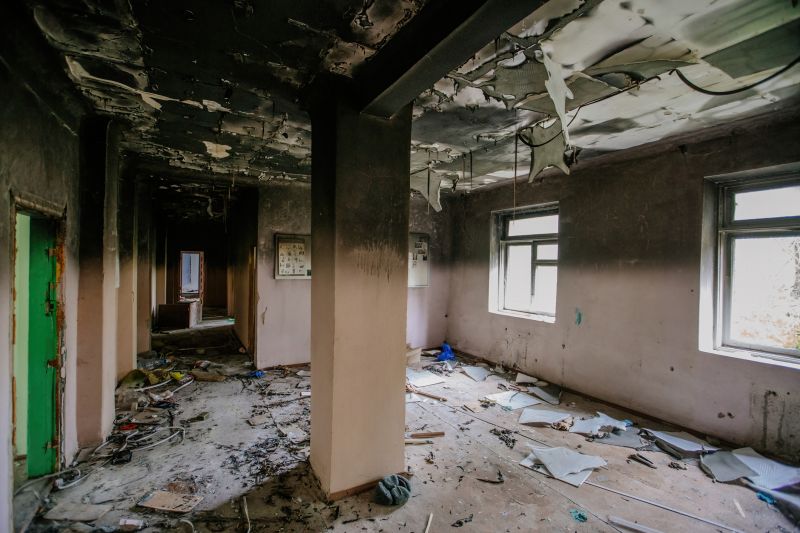
Finishes and colors that play nicely with Fire Restorations.
| Season | Suitability |
|---|---|
| Spring | Highly suitable for restoration work due to favorable weather conditions. |
| Summer | Optimal for drying and ventilation; ideal for extensive repairs. |
| Fall | Suitable if weather remains mild and dry. |
| Winter | Less suitable due to cold temperatures and humidity. |
| Post-Fire | Immediate response recommended to prevent secondary damage. |
Fire restorations involve a comprehensive process that addresses damage caused by smoke, heat, and flames. Proper restoration not only restores the structural integrity of a property but also ensures safety and livability. Timely intervention can minimize long-term costs and prevent secondary issues such as mold growth or structural weakening.
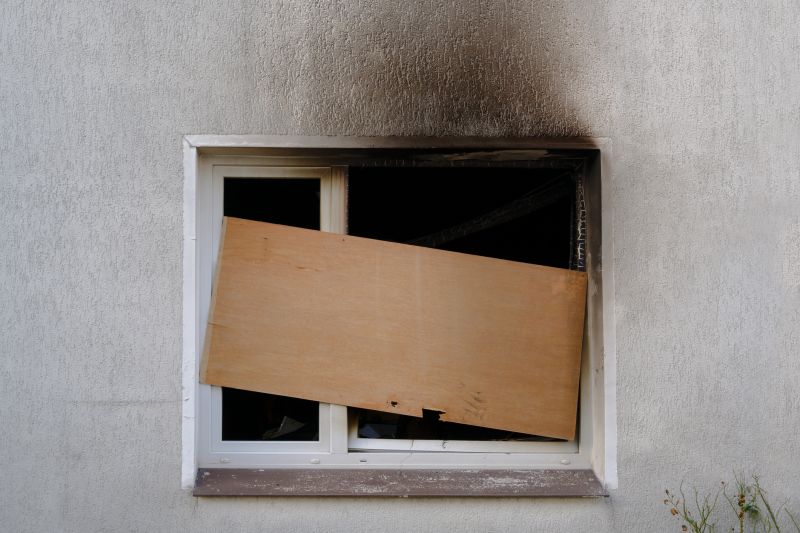
Specialized cleaning techniques eliminate smoke residues.
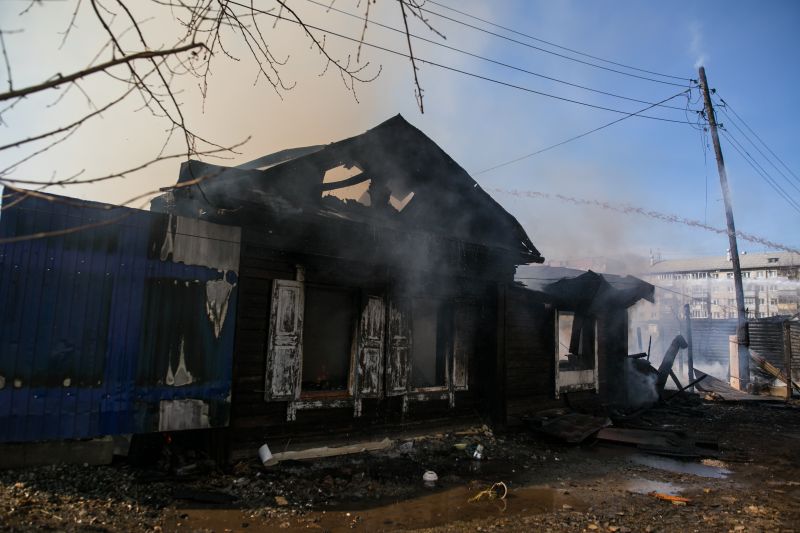
Reinforcing and replacing damaged structural components.
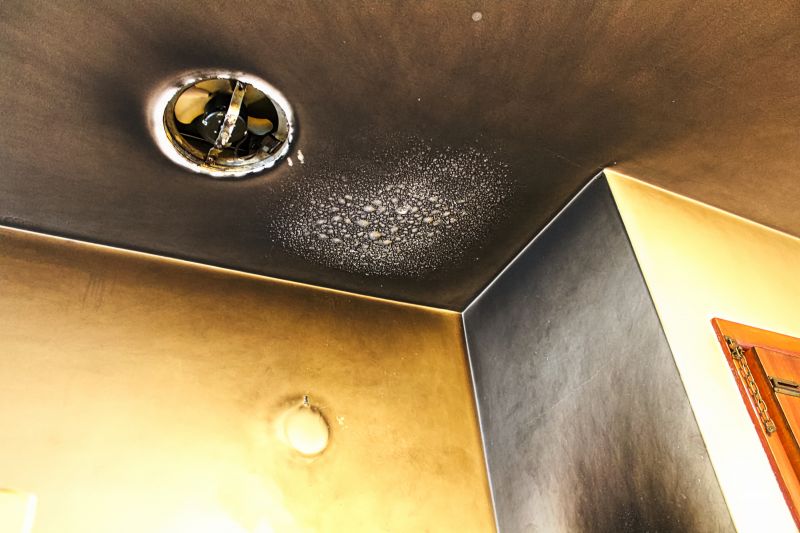
Advanced methods to remove persistent smoke odors.

Thorough evaluation to determine scope and necessary work.
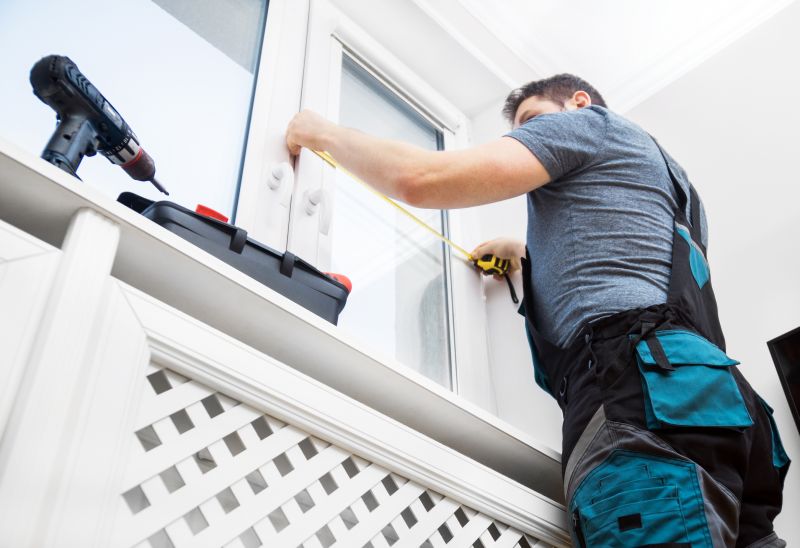
Little measurements that prevent headaches on Fire Restorations day.

A 60-second routine that keeps Fire Restorations looking new.
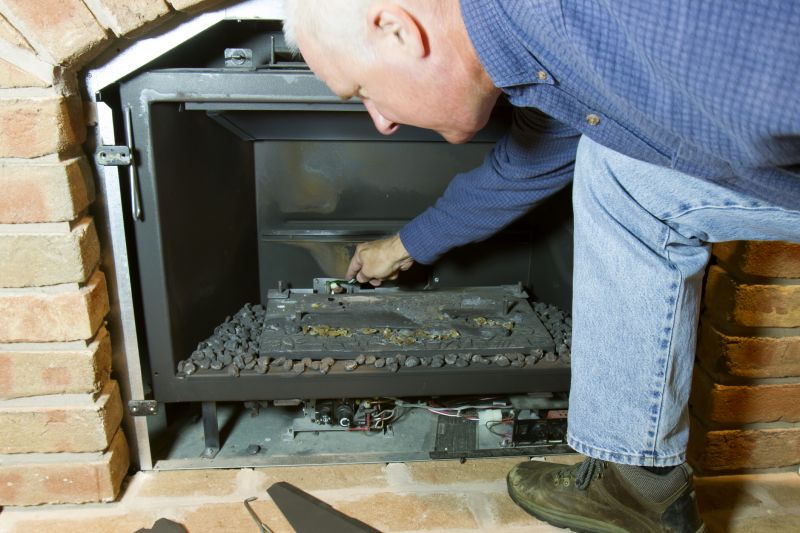
A frequent mistake in Fire Restorations and how to dodge it.
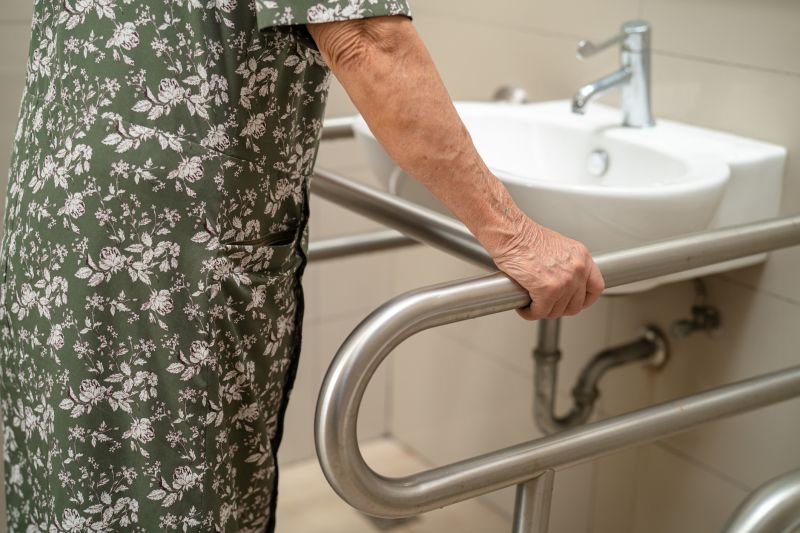
Small tweaks to make Fire Restorations safer and easier to use.
Individuals interested in fire restoration services are encouraged to contact for further information. Proper timing and professional intervention are key to effective recovery from fire damage.
